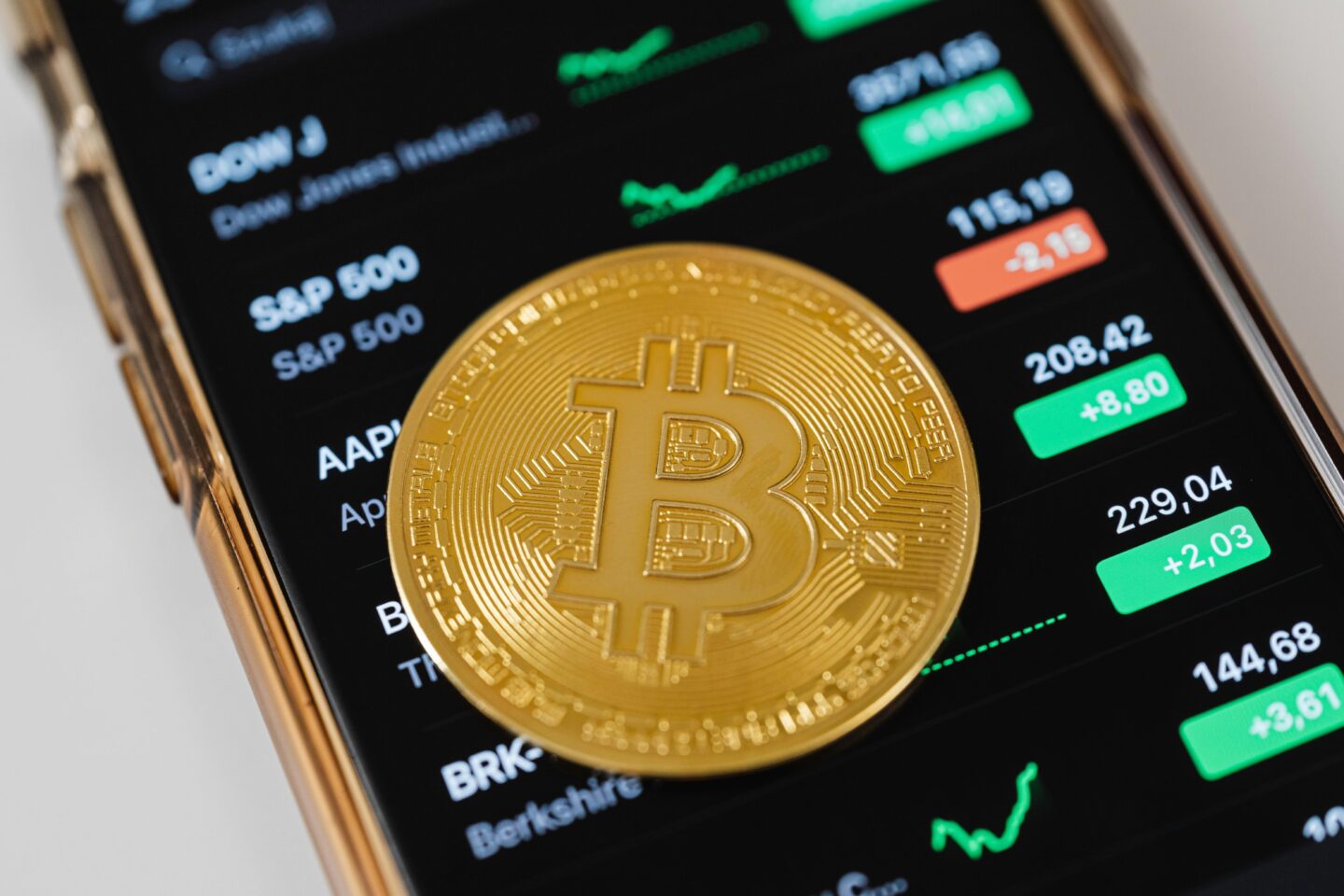Early in 2024, the market value, trading volume, and user base of cryptocurrencies hit all-time highs. The market is expanding with consistent interest despite scepticism from certain industry professionals. Businesses are getting more and more involved in the crypto space by improving or introducing new services.
Businesses wishing to provide crypto services or integrate cryptocurrency payments must choose the best digital asset exchange software. Its defining characteristics are the feature set, operational effectiveness, and technological stability of a good exchange platform.
Software Overview
Crypto Exchanges were founded in 2010 and became important financial institutions by 2014. Major exchanges like Binance, Bybit, and Coinbase are present in the market, but there are also smaller exchanges that provide specialised services, reduced costs, and unusual trading pairs.
By 2024, there is an array of platforms acting as centres for analytics, investing strategies, and trade. White-label platforms, such as those offered by B2Broker, are very common and enable businesses to start exchanges or brokerage services at a reasonable cost. These platforms provide instruments, trading features, and analytical tools.
Selecting the best exchange software requires weighing its benefits and drawbacks to reduce costs and streamline processes. It entails assessing the kind of platform, trading instruments, and regulatory requirements. Making this choice is essential to creating a stable trading environment.
Key Features of Cryptocurrency Exchanges
The main benefit of cryptocurrency is decentralisation, which improves user privacy. High security is maintained by digital exchanges, protecting customer information and transaction specifics. Despite the decentralisation, strict KYC and KYT procedures which help customers and companies are one example of the some centralization that is required for efficient execution and security.
Compared to traditional finance, cryptocurrency exchanges have fewer regulatory inspections, which results in lower transaction fees. Because of its efficiency, transactions may be processed more quickly, which is ideal for the hurried pace of blockchain trade.
Furthermore, API connectivity is supported by these exchanges, opening up various business applications. Organisations can interact with exchange order books thanks to this capability, which makes it easier to acquire liquidity and run white-label exchanges. Exchanges expedite converting crypto to fiat, optimising financial operations without excessive charges for firms that accept cryptocurrency payments.
Guide For Selecting the Software
A thorough examination of features is necessary when choosing the best cryptocurrency exchange software. Selection can improve productivity and profitability, so let’s take a look at some of the essential aspects:
Cost Layout
Base commissions, deposit fees, credit fees, and gas fees are examples of cryptocurrency exchange fees. While manageable on their own, if a less expensive alternative is selected, these can add up quickly. Because they keep strict operational controls and aggregate prices from several liquidity sources, more extensive, centralised exchanges usually provide lower fees. Although automated market-making on DEXs may result in cheaper overall costs since there is less control, they may nominally charge lower fees.
Models of Exchange
There are three types of digital currency exchanges: hybrid, decentralised, and centralised. Centralised platforms, frequently at the expense of decentralisation, are overseen by a single body that guarantees system efficiency and transaction integrity. Although decentralised platforms can be less user-friendly and technically difficult, they run independently and preserve the fundamental ideas of blockchain technology. Hybrid systems combine decentralised management and centralised monitoring to maximise usability without compromising the core blockchain concepts.
Exchangeable Tools and Features
It’s critical to assess an exchange type’s trading features and methods after selecting one. Derivatives, social trading, and margin trading are examples of advanced choices that can draw traders and increase revenue potential. Beyond just simple asset exchange, comprehensive platforms additionally include a wide range of trading tools and features.
Safety and Assistance
Protecting user data requires effective safety precautions. This covers firewalls, encryption, server monitoring, and 2FA. To guarantee seamless operation and quickly resolve technological concerns, strong customer support is also necessary.
Adherence to Regulations
Due to the market’s volatility, complying with legal and regulatory requirements must be a top concern. Selecting software that has been approved by regulatory agencies like the SEC or FinRA is advantageous since it can offer a better degree of security and reliability.
Final Thoughts
Exchange platforms are becoming increasingly essential for blockchain operations as cryptocurrency trading, investing, and payment processing have gained popularity worldwide. Whether it’s for B2B payment integration or white-label services, choosing the correct platform can have a significant impact on your company.
The selection process is made more difficult by the market’s expansion, necessitating thorough investigation and due diligence to determine the best software. Following the previously mentioned important considerations will direct your preliminary investigation and assist you in evaluating the salient characteristics and functionalities of various software options.
